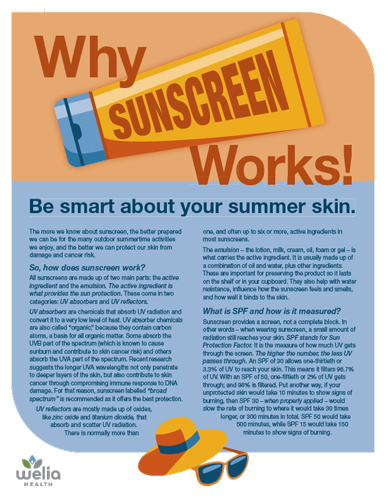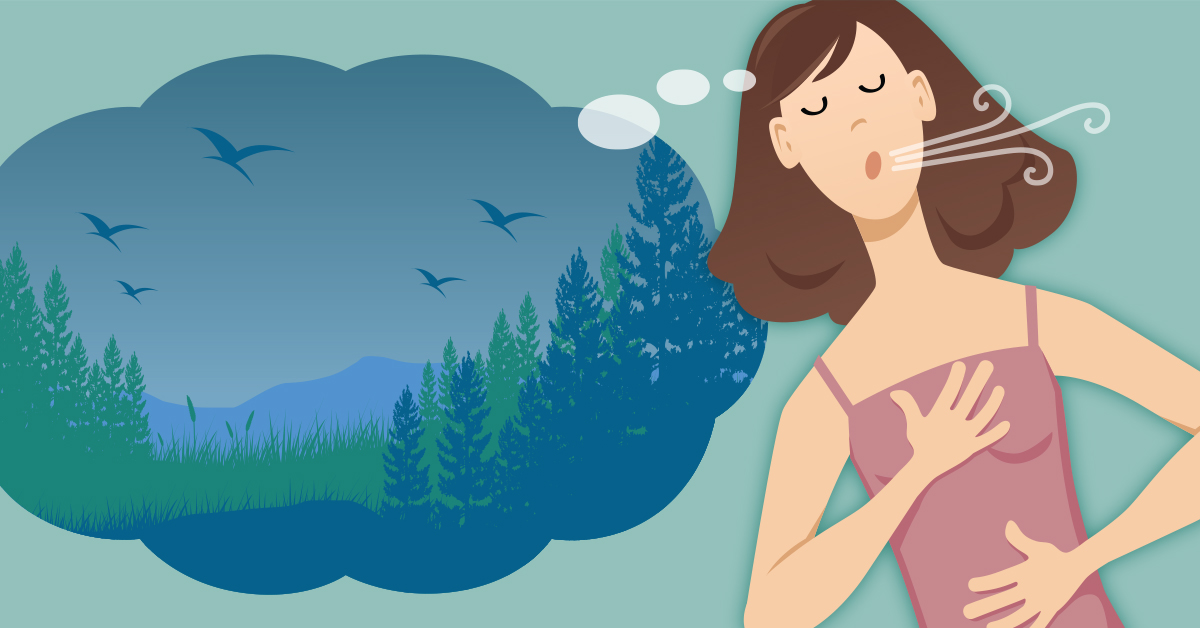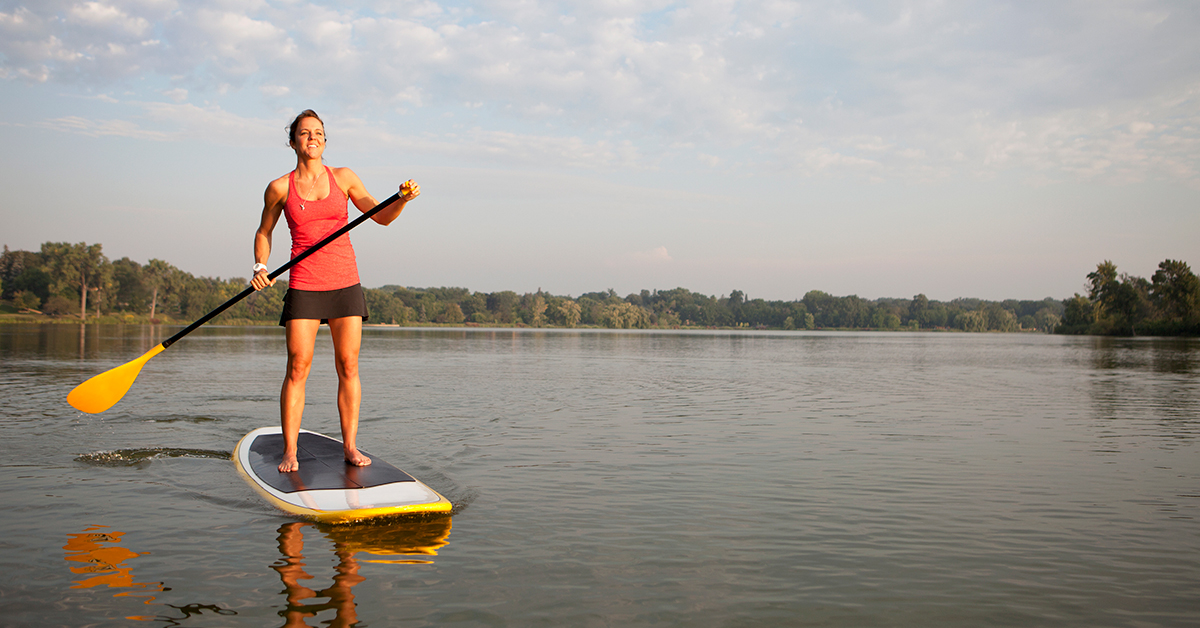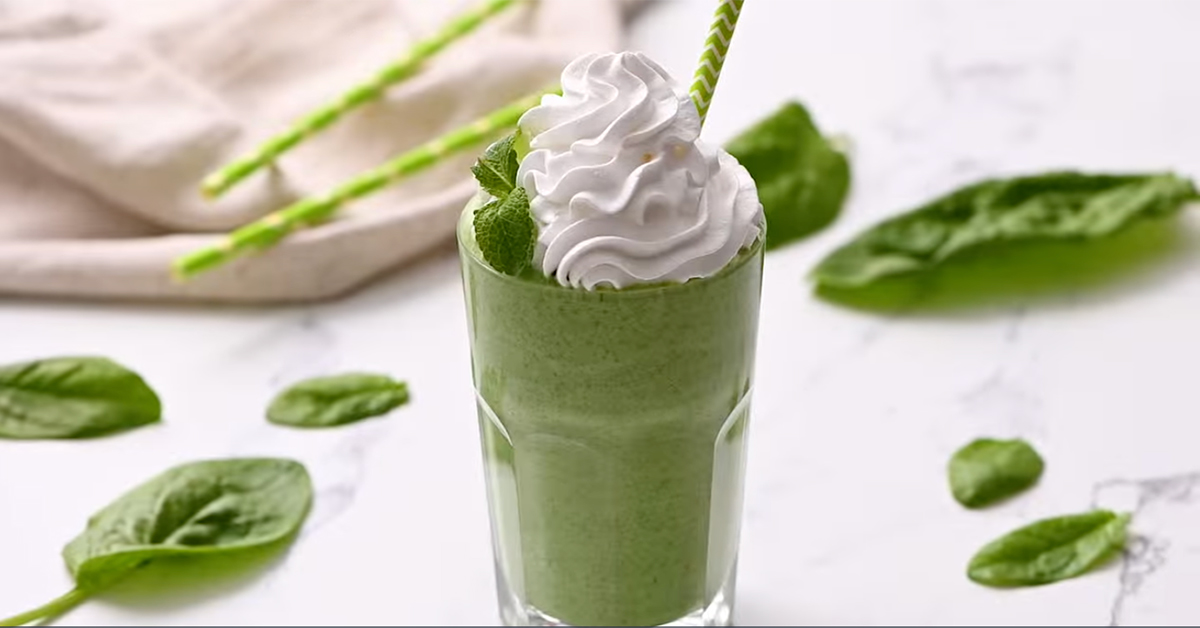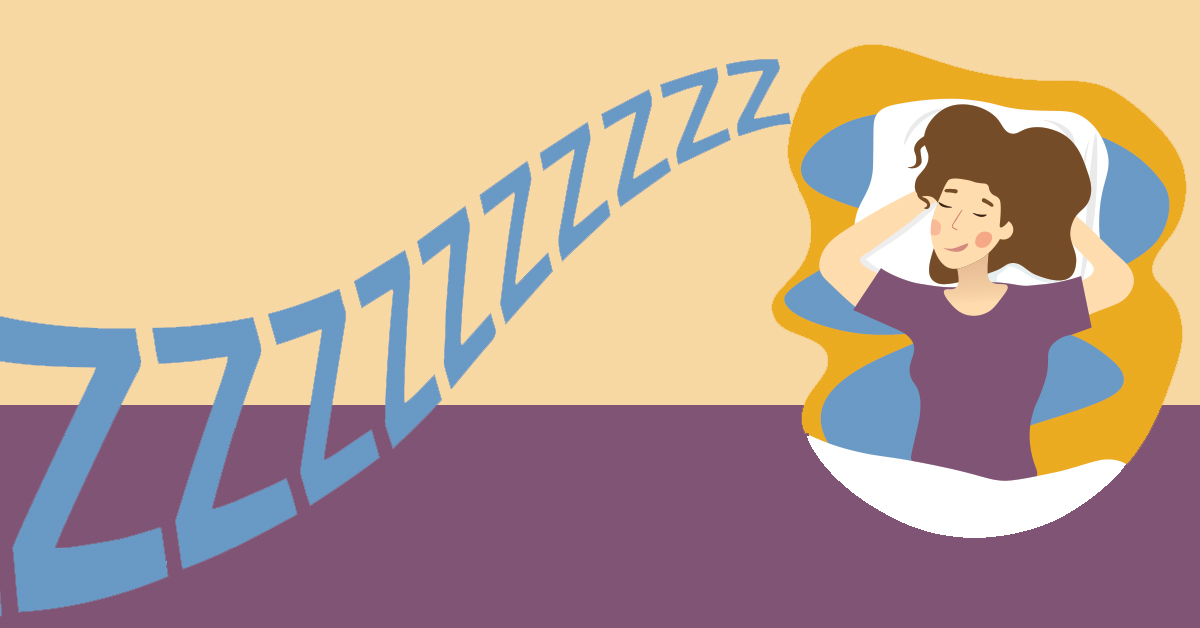Be smart about your summer skin
The more we know about sunscreen, the better prepared we can be for the many outdoor summertime activities we enjoy, and the better we can protect our skin from damage and cancer risk.
So, how does sunscreen work?
All sunscreens are made up of two main parts: the active ingredient and the emulsion. The active ingredient is what provides sun protection. These come in two categories: UV absorbers and UV reflectors.
UV absorbers are chemicals that absorb UV radiation and convert it to a very low level of heat. UV absorber chemicals are also called “organic,” because they contain carbon atoms, a basis for all organic matter. Some absorb the UVB part of the spectrum (which is known to cause sunburn and contribute to skin cancer risk) and others absorb the UVA part of the spectrum. Recent research suggests the longer UVA wavelengths not only penetrate to deeper layers of the skin, but also contribute to skin cancer through compromising immune response to DNA damage. For that reason, sunscreen labeled “broad spectrum” is recommended as it offers the best protection.
UV reflectors are mostly made up of oxides, like zinc oxide and titanium dioxide, that absorb and scatter UV radiation. There is normally more than one, and often up to six or more, active ingredients in most sunscreens. The emulsion – the lotion, milk, cream, oil, foam or gel – is what carries the active ingredient. It is usually made up of a combination of oil and water, plus other ingredients. These are important for preserving the product so it lasts on the shelf or in your cupboard. They also help with water resistance, influence how the sunscreen feels and smells, and how well it binds to the skin.
What is SPF and how is it measured?
Sunscreen provides a screen, not a complete block. In other words – when wearing sunscreen, a small amount of radiation still reaches your skin. SPF stands for Sun Protection Factor. It is the measure of how much UV gets through the screen. The higher the number, the less UV passes through. An SPF of 30 allows one-thirtieth or 3.3% of UV to reach your skin. This means it filters 96.7% of UV. With an SPF of 50, one-fiftieth or 2% of UV gets through; and 98% is filtered. Put another way, if your unprotected skin would take 10 minutes to show signs of burning, then SPF 30 – when properly applied – would slow the rate of burning to where it would take 30 times longer, or 300 minutes in total. SPF 50 would take 500 minutes, while SPF 15 would take 150 minutes to show signs of burning.
A true-or-false quiz to help you enjoy the summer sun safely!
| 1. | If you have skin that doesn’t burn, you don’t need sunscreen. | ||
| 2. | Spray sunscreens are not as effective as lotions. | ||
| 3. | Sunscreen should be applied immediately upon arrival at the beach. | ||
| 4. | It’s smart to have sunscreen in the car at all times for on-the-go use. | ||
| 5. | If you have skin that doesn’t burn, you don’t need sunscreen. | ||
| 6. | If it’s cloudy, you don’t need as much sunscreen. | ||
| 7. | Even lips need sunscreen. | ||
| 8. | Most people don’t apply an adequate amount of sunscreen. | ||
| 9. | You need a special sunscreen for your face. | ||
| 10. | Sunscreens don’t expire. |
See answers at the bottom of this post.
Five reasons to wear sunscreen every day
Reduce the risk of sunburn
Your skin can burn from spending time outside with no sunscreen, and
this burning can lead to discomfort and damage to your skin.
Prevent signs of aging
Repeated sun exposure with little to no protection can cause damage to your elastin, collagen and skin cells. Over time, this can lead to wrinkles, fine lines, discoloration, and a leathery appearance to the skin.
Reduce the risk of skin cancer
Using sunscreen daily is one of the best ways to prevent skin cancer. Statistics show that by age 70, one in five Americans will develop skin cancer. You can lower your risk by using a sunscreen of SPF 30 (or higher) multiple times a day.
Prevent skin discoloration
Applying sunscreen throughout your day can help prevent “sun spots” from appearing on your skin.
Reduce inflammation
Exposure to UV rays can cause painful redness and inflammation. If you have sensitive skin, look for a sunscreen with gentle ingredients; and avoid spray-on sunscreen which can contain harsh ingredients like alcohol.
Be sun-smart!
3 important things to remember:
- Use a broad spectrum sunscreen; 30 SPF or higher.
- Apply sunscreen generously – slather it on!
- Reapply every 2 hours, or after swimming or sweating.
Quiz answers
1 = False. While it’s true that people with lighter skin may be more at risk for UV damage, everyone can get skin cancer. Always wear sunscreen no matter what.
2 = True. Spray might be convenient but it’s difficult to know if you’ve used enough and covered all areas of your body. The American Association of Dermatology recommends lotion or cream sunscreens.
3 = False. It takes 30 minutes for the ingredients in your sunscreen to activate and begin fully protecting your skin. That means it’s best to apply sunscreen 30 minutes before sun exposure.
4 = False. The FDA recommends keeping sunscreen products out of direct sun and away from excessive heat. Storing sunscreen in a hot car breaks down the ingredients and reduces its effectiveness.
5 = True. Although a base tan may offer some protection, it’s very minimal –
similar to wearing an SPF of just 3 or 4. A far better safeguard against burns is applying an SPF 30 or higher.
6 = False. Even on cloudy days, up to 80% of the UV rays will still get through to your skin, meaning you can still get burned.
7 = True. ALL uncovered skin should be protected with sunscreen, including nose, ears, neck, hands, feet, hairline/part, and lips.
8 = True. A thin coat of sunscreen is not enough to do the job. Most people don’t even apply half of what is needed to get the protection level the sunscreen formula provides. For your body, you should rub on as much sunscreen as would fill a shot glass (or one ounce), and for your face you should use at least a nickel-sized dollop.
9 = False. It’s ok to use a face sunscreen if other formulas feel too heavy. However, one product is really all you need. Whether you use one product all over, or one for body and another for face, the key is to make sure you use ENOUGH.
10 = False. Sunscreens have expiration dates for good reason. Chemical formulas change and break down over time, making them less effective. Store your sunscreen in a cool, dry space and remember to check the expiration date to ensure your sunscreen is protecting you properly.



